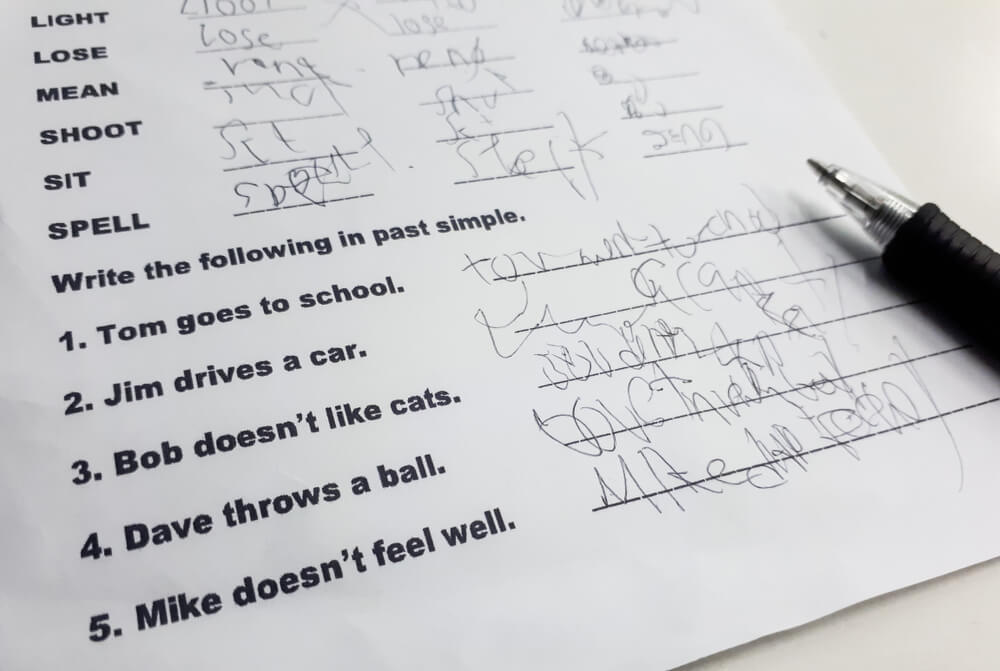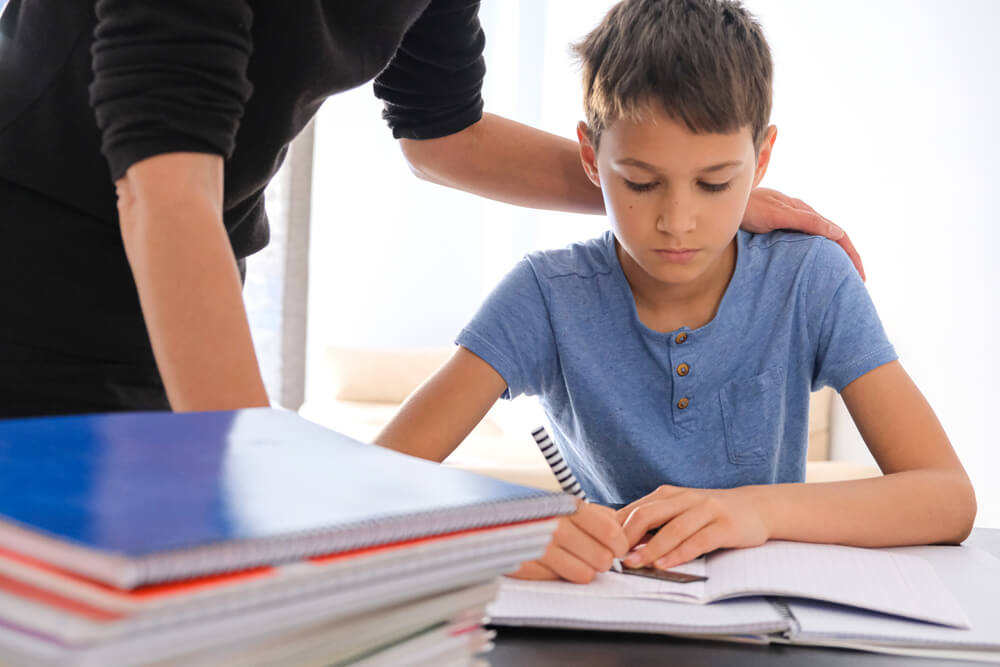Dysgraphia is a neurological disorder that mostly affects kids, but it can also affect adults, particularly after they go through a traumatic event. Unfortunately, when we discuss what dysgraphia is, we can’t always pinpoint the cause of it in children. The disorder involves the person’s inability to write correct letters or even choose the proper word in communication. The writing difficulties can be managed with various strategies. Still, the important thing is to get diagnosed with this condition as soon as possible to make the most out of dysgraphia treatment. Parents who are worried about their child’s spelling disability and believe that dysgraphia symptoms are present can trust the General Pediatric Care in Plantation and Doral and schedule an appointment at Worldwide Pediatrics.
What Is Dysgraphia?
Dysgraphia is a term of Greek origin that essentially means writing difficulties or spelling disability. Obviously, such a disorder can affect the child’s learning and writing speed. There’s nothing straightforward about what dysgraphia is, though; some kids may exhibit issues with their handwriting, some with their spelling with no reading issues, and others could suffer from
both.
In adults, a brain injury such as a stroke may blame the onset of dysgraphia. In children, this condition often coexists with other learning difficulties, such as attention deficit hyperactivity disorder (ADHD) and dyslexia.
Common Dysgraphia Symptoms

While untidy penmanship is a common sign of dysgraphia, it does not necessarily indicate the condition. Although it may take extra time and effort, people with dysgraphia can achieve very neat handwriting. Other dysgraphia symptoms include:
- Improper capitalization and spelling
- Mixing print and cursive letters
- Using wrong letter sizes and letter spacing
- Issues with the simple copying of words
- Writing difficulties that result in a very slow and troubled pace
- Not being able to visualize the word that should be written
- Holding a pen or the entire hand in an unusual position for writing
- Having a very tight grasp on the pen, which can cause cramps
- Having the urge to watch their hand while writing
- Having the urge to pronounce the words while writing
- Missing letters from words or whole words from sentences
Dysgraphia sufferers frequently struggle to multitask while writing. Because of the focus required to write down every word, taking notes can be challenging. Moreover, because of their messy handwriting, kids with dysgraphia are sometimes stigmatized as lazy or unmotivated. This can cause anxiety, low self-esteem, and a poor outlook in terms of academics.
Who’s at Risk of Dysgraphia?
Why some kids develop learning difficulties like dysgraphia is something scientists are still trying to figure out. Many children with learning difficulties have a family history of the disorder, were born prematurely, or with other complications.
Many kids who struggle with dysgraphia often suffer from other learning disorders. Dysgraphia may be more common in people with certain conditions, such as ADHD. That’s because the ability to pay attention is essential for both reading and writing.
Dyslexia (reading difficulties) and difficulty with both oral and written language (OWL) are also related to dysgraphia. Word order disarray and word recall problems are two indicators of OWL.
Dysgraphia can be identified by a professional psychologist with expertise in learning difficulties. The expert will evaluate your kid’s literacy, writing skills, and hand-eye coordination by having them complete a battery of tests. They could be instructed to do the finger tap or move their wrists in a particular direction. The child may also have to copy specific text, and the expert will evaluate them based on their:
- Completed work
- Grip and posture
- Pen handling
- Writing method
Dysgraphia and Dyslexia
Dysgraphia is a writing disability, while dyslexia refers to a reading disability; yet, the two are sometimes mistaken for one another. This is because individuals with dyslexia may also struggle with their written expression.
A child can have both learning disorders, but an adequate diagnosis must determine which condition, if not both, has to be addressed.
Dysgraphia Treatment Options
Currently, no known dysgraphia cure exists. When considering treatment options, it is essential to assess whether or not the child has any additional health or learning problems. Certain children with both ADHD and dysgraphia have found relief from using ADHD medication.
Occupational therapy activities can prove to be the right kind of dysgraphia treatment, such as:
- Holding a pen differently
- Playing with modeling clay
- Writing letters in sand or shaving cream
- Tracing lines through the mazes
- Practicing connect-the-dot exercises
Numerous writing programs exist to assist students of all ages to produce legible handwritten text.
How to Help Your Child with Dysgraphia?

You can do things as a parent to help your child manage their condition better and even successfully overcome their writing and spelling disability at some point. That said, consider the following practices:
- To improve their alignment of words and letters, provide your kids with raised-line paper, graph paper, or wide-ruled paper.
- For better comfort while handling pens, try a special pen grip.
- Start teaching them typing so that they can utilize a computer for writing.
- Provide positive reinforcement every time you see your kids doing their best, even if the result may be a bit messy
- Show them some stress-relieving techniques that they can use before they start writing, such as hands rubbing/shaking.
- For improved coordination and hand strength, you can give your kids a stress ball for squeezing.
- Openly discuss this condition and what it entails with your kids.
Discuss your child’s health and any accommodations they may need with their teacher. They may be entitled to specialized instruction, an IEP, and other forms of support through the special education system. Providing the school with this information can assist them better in accommodating your child’s learning requirements. You might want to ask for the following, too:
- Questions and writing assignments that are more appropriate for your child
- Allowing them the use of a laptop in class so that they can type
- Getting them class notes, so they don’t have to focus on writing only
- Ability to use a recorder or voice-to-dictation machine for taking notes
- Creating video or audio reports for homework
- Doing exams in an oral instead of a written format
Dysgraphia is a form of written language impairment that can be identified and managed with proper instructions and therapy. Aside from writing difficulties, kids with dysgraphia often experience other issues. To ensure that written language learning is not hindered by any underlying skill deficiencies, it is crucial to conduct a complete assessment of a child’s handwriting and associated skill areas.
The best thing you can do for your child and their learning ability if they seem to exhibit some signs of neurological disorders such as dysgraphia and dyslexia is to take them to the doctor. Of course, we’re aware that the selection of the right pediatrician can be very challenging, especially when it comes to such sensitive matters. This is precisely why we welcome you to trust our experts at Worldwide Pediatrics.



